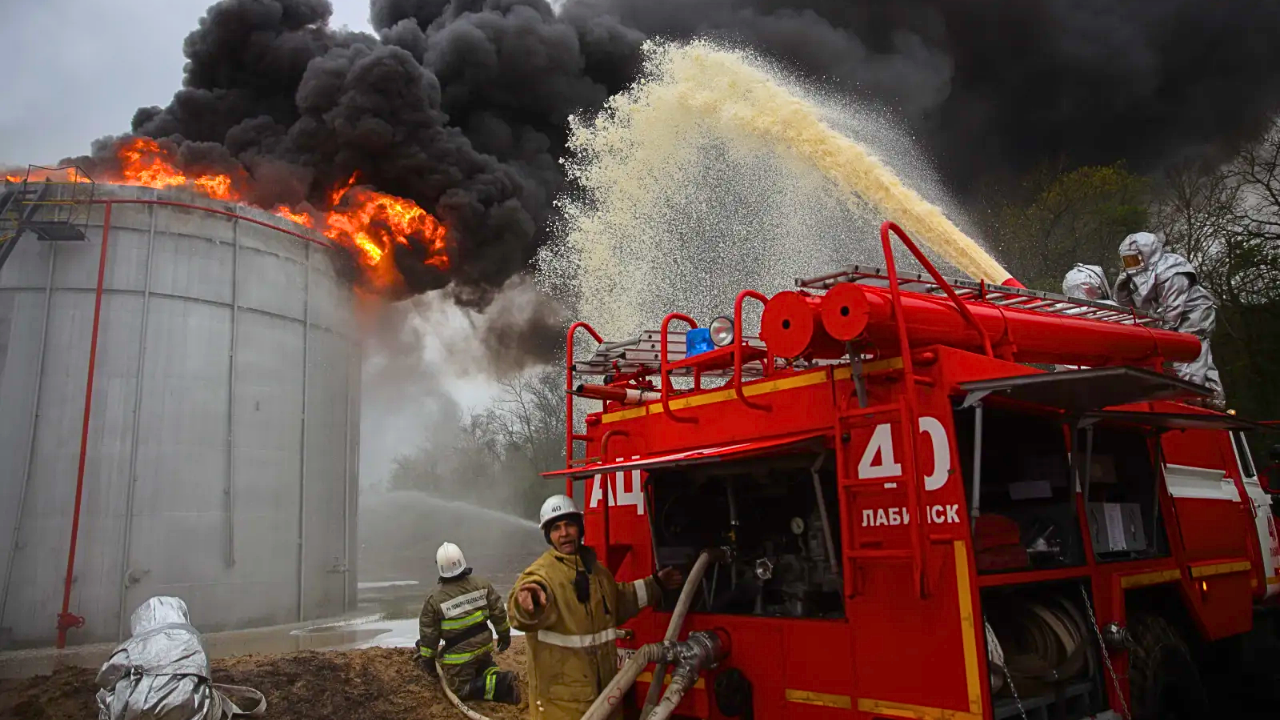
Ukraine pulled off something remarkable. One of Russia’s biggest oil refineries, sitting deep inside Russian territory about 900 kilometers from the border, was hit by Ukrainian drones in a coordinated overnight attack. The strike damaged equipment capable of processing 176,000 barrels of oil per day.
To put this in perspective, that’s like removing a major power plant from the grid. The facility caught fire, and Russian air defenses failed to stop all the drones. This wasn’t just a lucky hit, it shows Ukraine’s military has developed the ability to strike targets far deeper into Russia than anyone thought possible.
The Rise of Drone Warfare in Ukraine
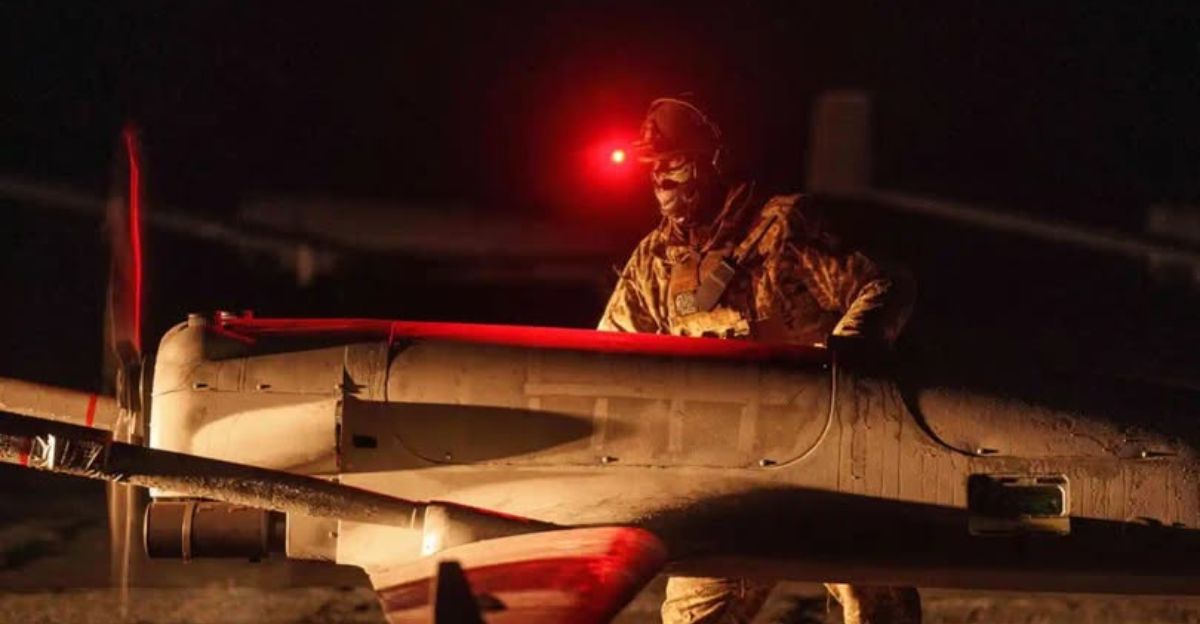
The Ukraine-Russia conflict has transformed into something we’ve never seen before. Instead of just fighting at the front lines, both countries now use advanced drones to strike targets hundreds of miles away. Ukraine has particularly embraced this strategy, developing the capability to send unmanned aircraft far into Russian territory to attack energy infrastructure, military facilities, and logistics hubs.
Russia has invested heavily in air defense systems, yet Ukrainian drones keep getting through. The shift represents a new era of warfare where technology and innovation matter as much as traditional military strength.
Russia’s Critical Oil Processing Hub
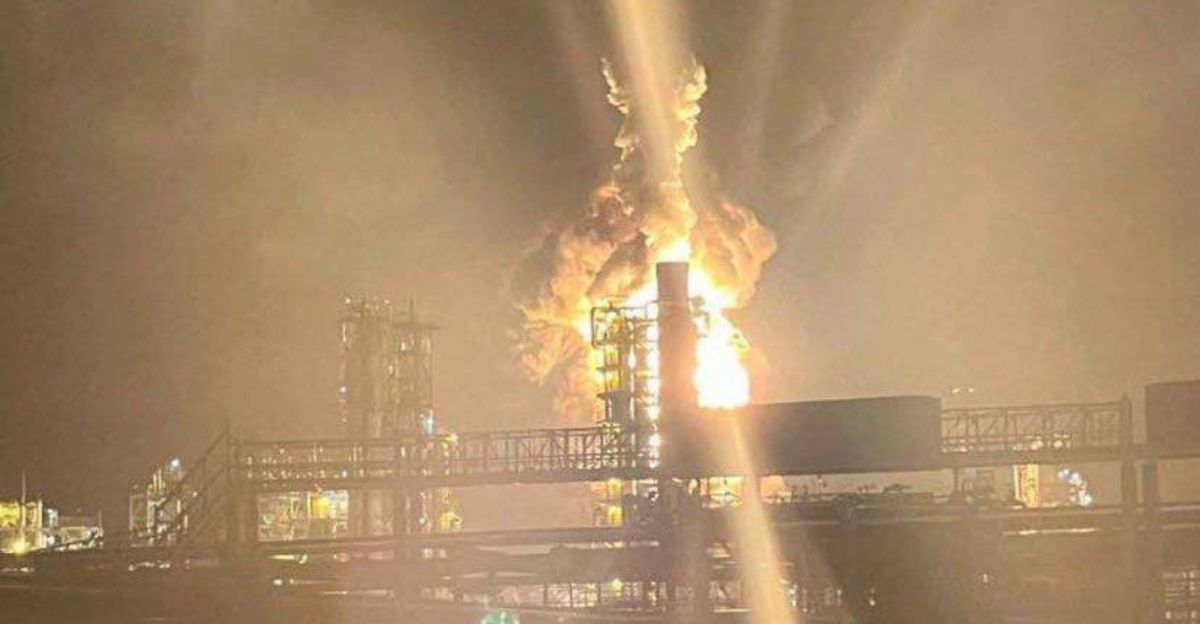
Russia’s oil refineries aren’t just economic targets, they’re absolutely essential to keeping the country running during wartime. Raw crude oil coming out of the ground isn’t immediately useful as it needs to be processed into gasoline, diesel, jet fuel, and heating oil. This particular refinery was one of Russia’s largest and most important.
It could transform hundreds of thousands of barrels of crude oil into fuel every single day. Russia uses this fuel to power military vehicles, helicopters, and planes, while also exporting it for critical foreign currency. The facility’s location deep inside Russia made it seem almost untouchable.
Ukraine’s Next-Generation Jet-Powered Drones
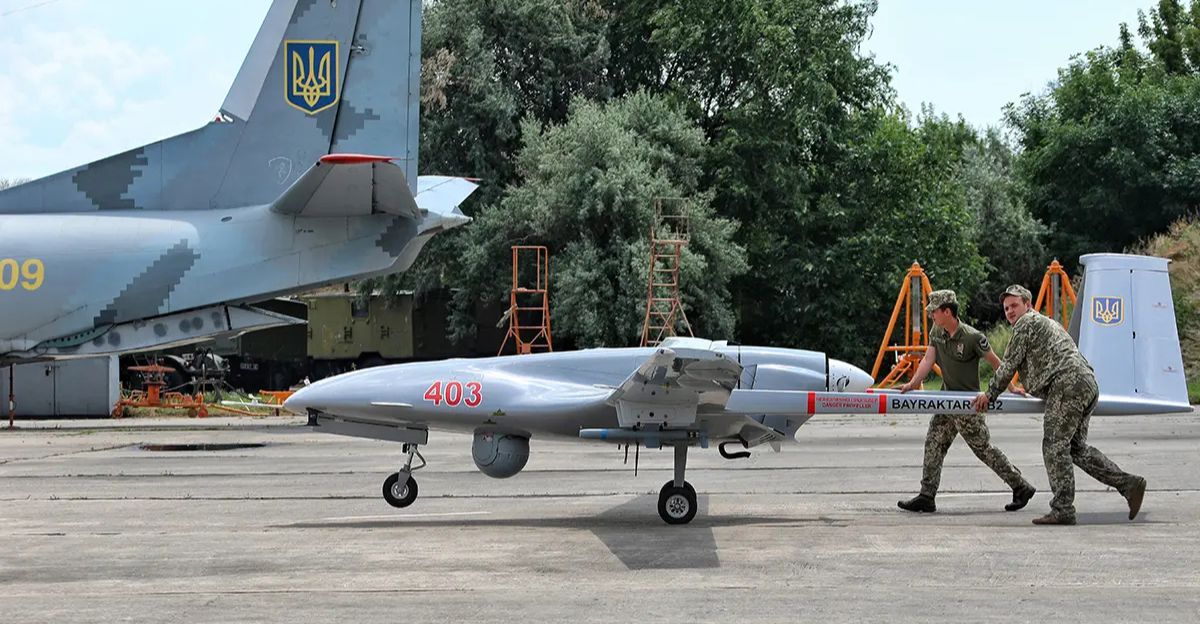
What makes these attacks possible? Ukraine has developed jet-powered drones, a technological leap from traditional propeller-driven unmanned aircraft. Jet engines give these drones significantly greater range, speed, and payload capacity. Instead of flying for a few hours with limited cargo, they can travel hundreds of kilometers and carry heavier explosive loads.
The drones use advanced guidance systems, including artificial intelligence and satellite navigation, to reach targets with incredible precision. Some can travel over 600 miles into enemy territory, which is extraordinary for unmanned aircraft. Ukraine’s engineers have combined homegrown innovation with salvaged parts to create a capability that professional militaries spent decades developing.
How the Attack Happened
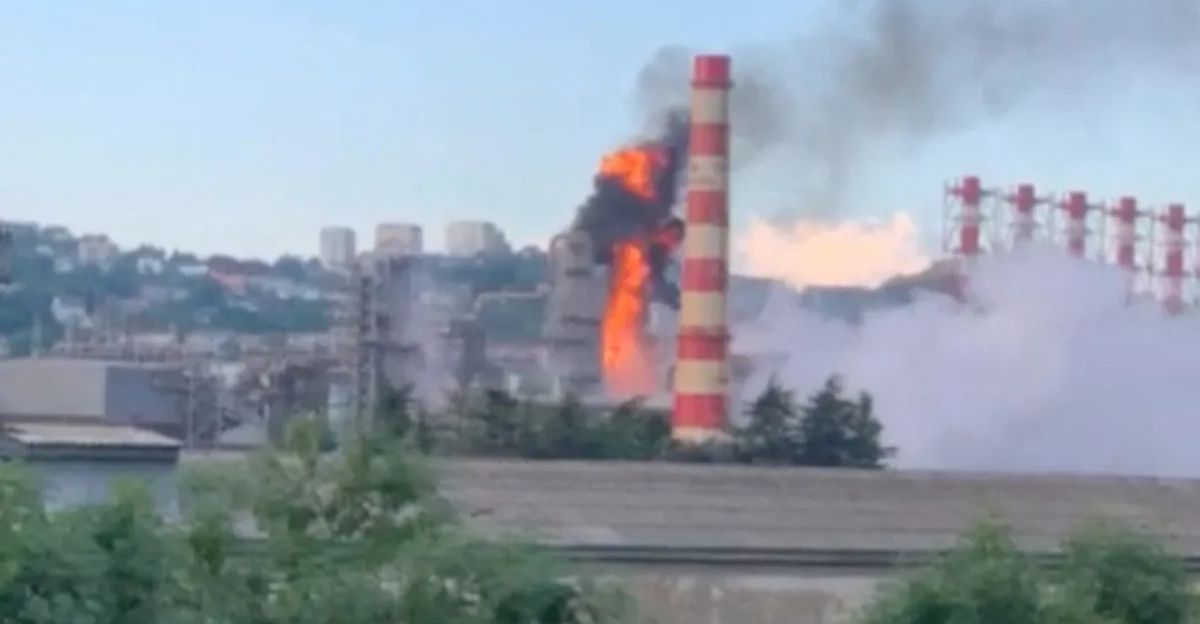
The refinery came under attack during the night, when darkness provides cover and visibility is limited. Multiple Ukrainian drones approached from different directions simultaneously, overwhelming Russian air defenses with numbers and coordinated timing. Imagine a swarm of attackers approaching from all sides at once, it’s nearly impossible to defend against everything.
The drones successfully navigated past the defensive systems and struck multiple fuel storage tanks and processing units. The impact ignited massive fires visible from kilometers away. Witnesses reported tremendous explosions and flames shooting high into the air, turning night into day. Videos and photos from the scene confirmed the scale of destruction.
The Scale of Destruction

The damage assessment revealed a staggering loss. The refinery’s damaged equipment can no longer process 176,000 barrels of oil per day. To grasp how big this is, consider that one barrel equals about 42 gallons. Multiply that by 176,000, and you’re looking at millions of gallons of fuel that won’t be produced.
For military purposes, this means reduced fuel availability for trucks, tanks, helicopters, and planes. For civilians, it means potential shortages at gas stations and reduced heating fuel during winter. For Russia’s government, it means lost export revenue in a time when the country desperately needs foreign currency to pay for the war.
Moscow’s Response

Russia’s official story didn’t match what witnesses saw. Russian officials announced that their air defenses had successfully intercepted the drones and that any fire was caused by falling debris from the shot-down missiles, they claimed. However, independent sources, local residents, and visual evidence told a completely different story. Videos from the scene showed massive fires, destroyed structures, and widespread damage that couldn’t be explained by debris alone.
Intelligence analysts examining satellite imagery and reports concluded that the drones had successfully struck the facility. The gap between Russia’s official narrative and observable reality reflects a broader pattern throughout the conflict. Governments often minimize bad news to maintain morale and support, but in the modern age with smartphones, internet connectivity, and global communications, hiding the truth becomes nearly impossible.
The Lifeblood of War

Why target oil refineries instead of military bases or weapons factories? The answer reveals brilliant strategic thinking. Modern warfare requires enormous amounts of fuel. Military vehicles average just a few miles per gallon. A single tank can consume hundreds of gallons during a day of operations. Helicopters and jets burn through fuel at extraordinary rates.
Moving supplies to the front lines requires thousands of fuel-laden trucks. Without reliable fuel supplies, even a militarily superior force becomes immobilized and vulnerable. During wartime, fuel shortages create immediate, visible problems that affect military readiness within days. This creates social pressure and anger at the government. Russia’s economy depends heavily on oil and gas exports.
Weakening Russia’s War Economy

Russia’s economic model during wartime depends on maintaining oil and gas exports. These sales generate the foreign currency Moscow needs to purchase imports, pay government employees, and fund military operations. When refining capacity is damaged, Russia faces difficult choices. They can export crude oil instead of refined products, but crude oil sells for less money per barrel. Russian companies lose profits equivalent to roughly $15 per barrel when forced to export crude instead of refined fuel.
This might sound small, but multiply it across millions of barrels monthly. According to Ukrainian intelligence sources, roughly 40% of Russian refining capacity sits idle due to accumulated drone strike damage. This means Russia is losing not just potential revenue but also paying maintenance costs on damaged facilities while they attempt repairs.
How These Strikes Ripple Through Global Energy

A single refinery processing 176,000 barrels per day is significant not just for Russia but for global oil markets. When major production capacity goes offline, it affects worldwide energy prices and availability. Oil prices are determined by global supply and demand.
When supply suddenly decreases, prices typically rise. Even a 1% reduction in global supply can push prices upward by several percent. Ukraine’s drone campaign has already taken substantial capacity offline, some estimates suggest up to 3.9 million barrels per day of Russian refining capacity has been damaged or destroyed. That represents roughly 7% of Russia’s total refining capacity.
Why Ukraine Fights Back This Way
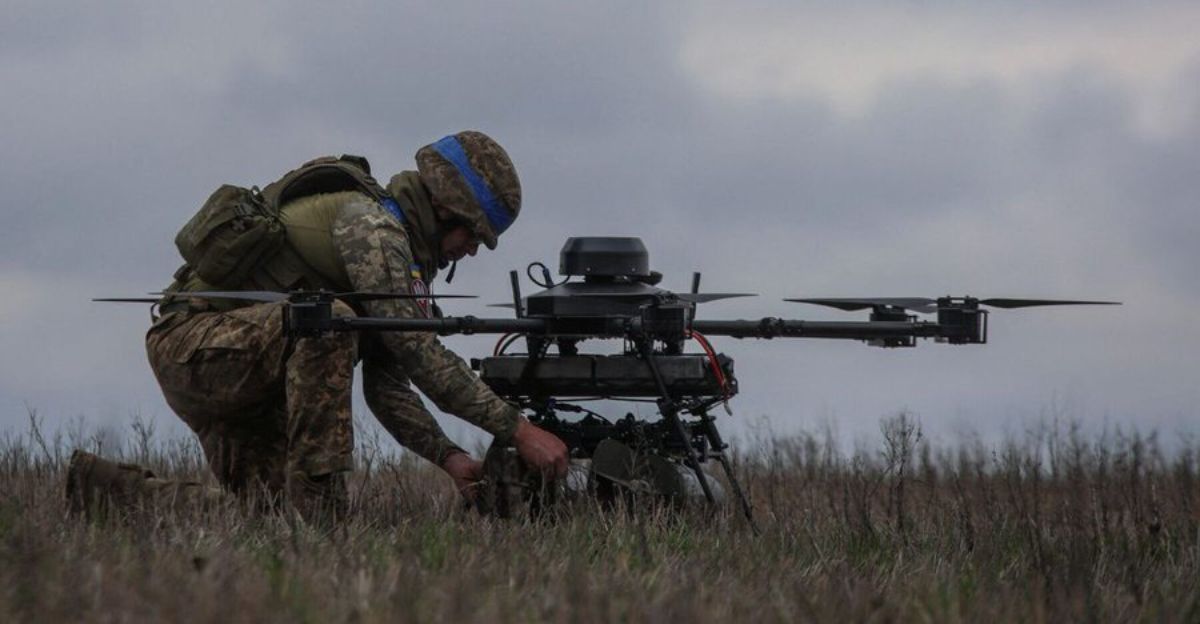
Ukraine frames these drone strikes as defensive actions and acts of strategic necessity. Russia has been bombing Ukrainian cities and energy infrastructure for years, targeting power plants and heating systems to make winters miserable for civilians. Ukraine cannot match Russia’s military numbers or traditional military equipment production. Russia has more soldiers, more tanks, more aircraft.
But Ukraine has developed asymmetrical advantages through innovation and drone technology. By striking Russian energy infrastructure, Ukraine says it’s making Russia understand that aggression has costs. Ukrainians argue they’re fighting not just for survival on the battlefield but to convince Russia that continuing the war is economically unsustainable.
Gaps in Russia’s Defensive Shield

Russia has invested heavily in air defense systems over many decades. Modern systems like S-300 and S-400 air defense missiles are considered highly capable by global military standards. Yet despite this expensive defensive technology, Ukrainian drones consistently penetrate Russian defenses and strike targets. This raises important questions about air defense effectiveness. One major problem is saturation, when multiple drones attack simultaneously from different directions, defensive systems become overwhelmed.
Air defense systems can engage targets one at a time or in small numbers, but when facing dozens of simultaneous threats, protection becomes impossible. Another issue involves detection. Smaller drones fly at lower altitudes where radars have difficulty tracking them. By the time air defense systems acquire targets on radar, the drones are already close.
How the World is Watching and Responding
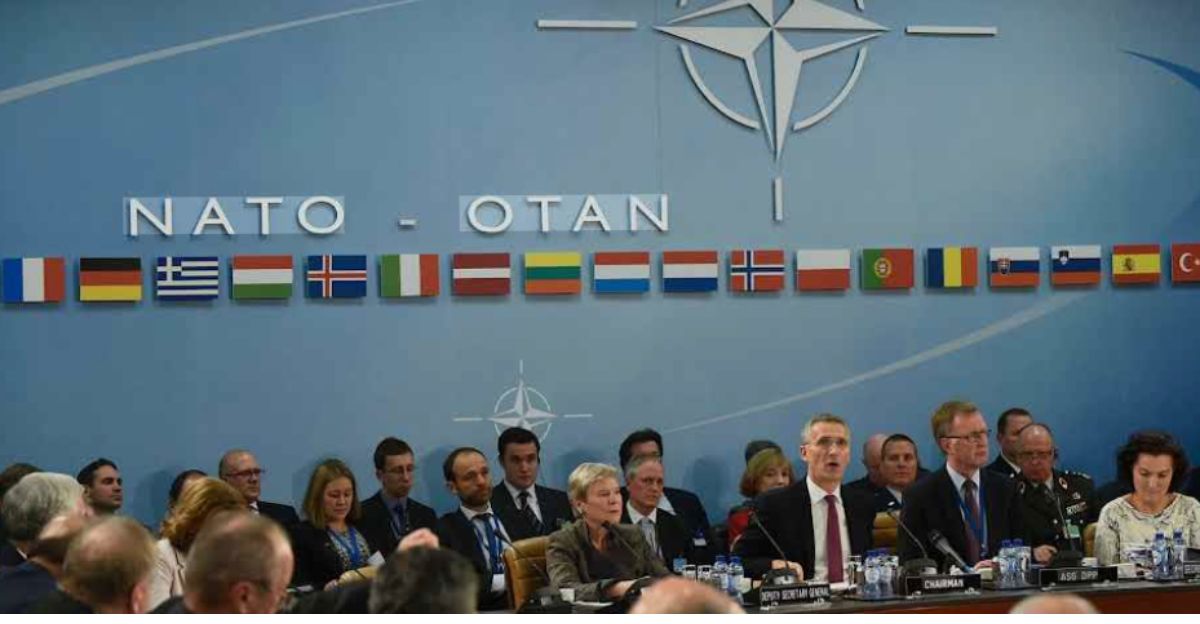
Western analysts, government officials, and military experts are closely studying Ukraine’s drone campaign. The implications extend far beyond the Ukraine-Russia conflict. International observers recognize that Ukraine is pioneering new military capabilities and tactics that other nations will study and potentially copy.
NATO members are particularly interested in understanding drone swarm tactics, counter-drone defenses, and the effectiveness of long-range unmanned strikes against modern air defense systems. The strikes demonstrate both the remarkable capability of drone technology and concerning escalation patterns. Some Western officials worry that successful strikes on deep targets might encourage similar operations elsewhere, potentially widening conflicts.
When Warfare Affects Ordinary People
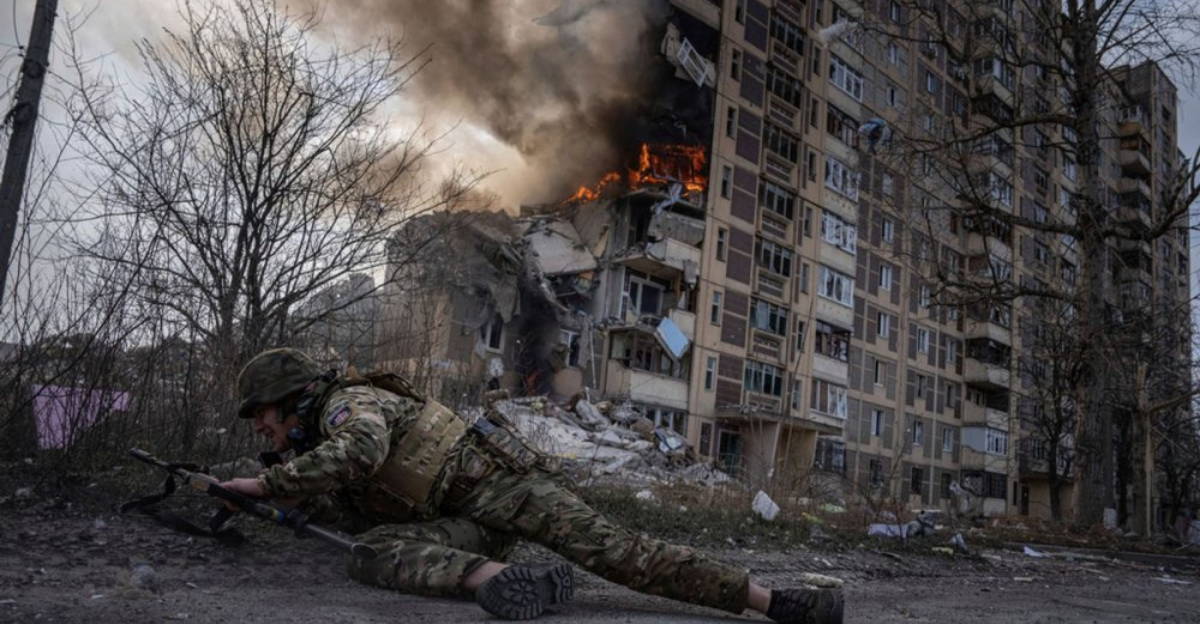
While military strategists celebrate the tactical success of energy infrastructure strikes, the reality for ordinary people is more complicated. When refineries get damaged, fuel shortages develop. Fuel shortages affect heating systems, especially critical during harsh Russian winters. People struggle to heat their homes, businesses lose productivity, and hospitals face operational challenges.
Transportation networks slow down when fuel becomes scarce. Prices for everything dependent on transportation increase. Some Russian regions have introduced fuel rationing as supplies tighten. Beyond the direct fuel impact, large explosions and fires near populated areas create safety concerns. While this specific refinery strike reportedly caused no major casualties, the destruction and fires forced evacuations of nearby residents. Long-term environmental effects from burning fuel and industrial facilities deserve consideration.
The Future of Conflict

Ukraine’s drone successes will reshape military planning and investment worldwide. Nations are already racing to develop advanced drone capabilities, improve counter-drone defenses, and create swarm tactics. Investment in drone technology will increase dramatically because these systems offer exceptional cost-effectiveness, drones cost thousands, not millions, yet successfully strike targets worth billions.
The nature of warfare is shifting from mass formations and traditional firepower toward technology, innovation, and smart targeting. Artificial intelligence will play an increasingly important role in autonomous targeting, swarm coordination, and adaptive defense systems. Future conflicts will likely feature unprecedented numbers of drone engagements happening simultaneously across vast areas.